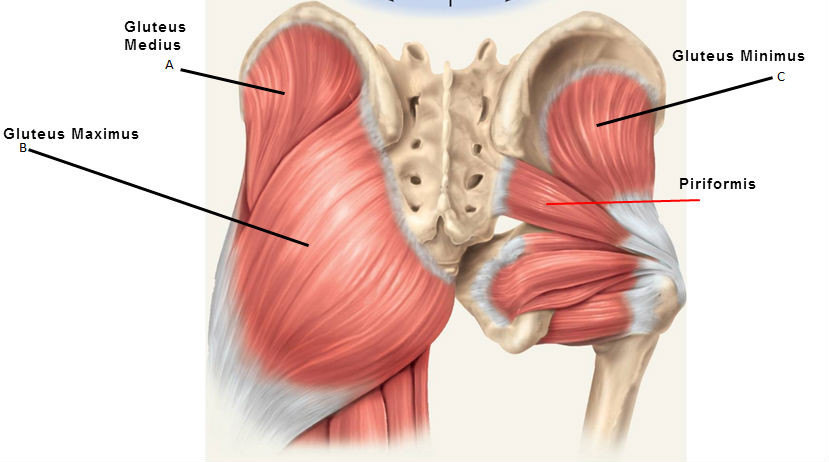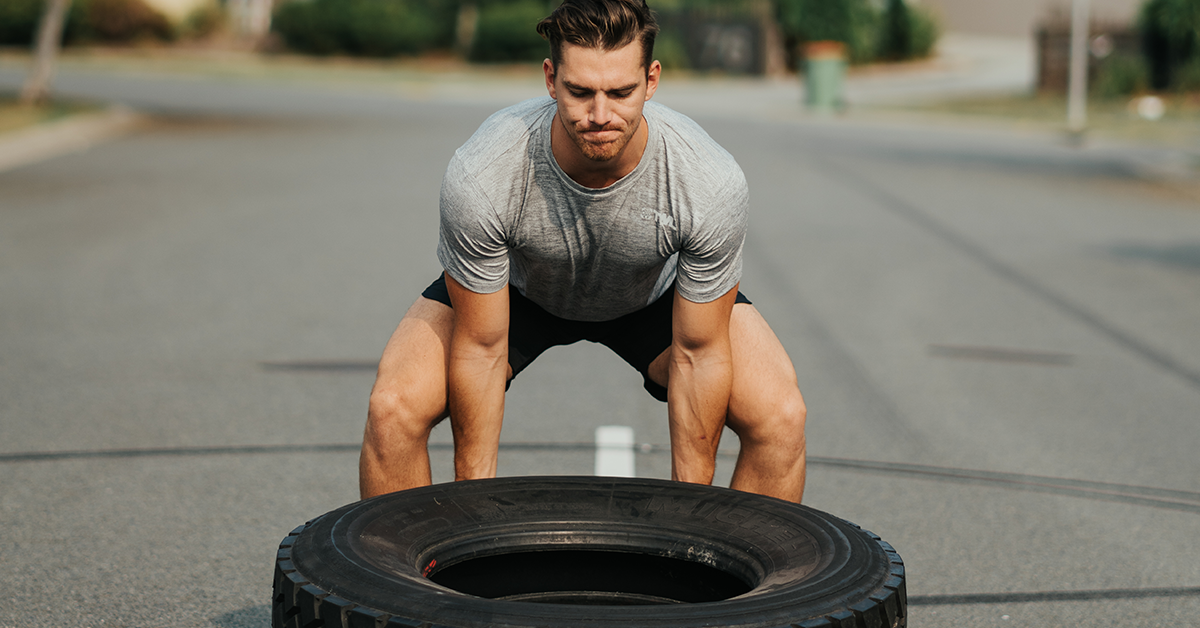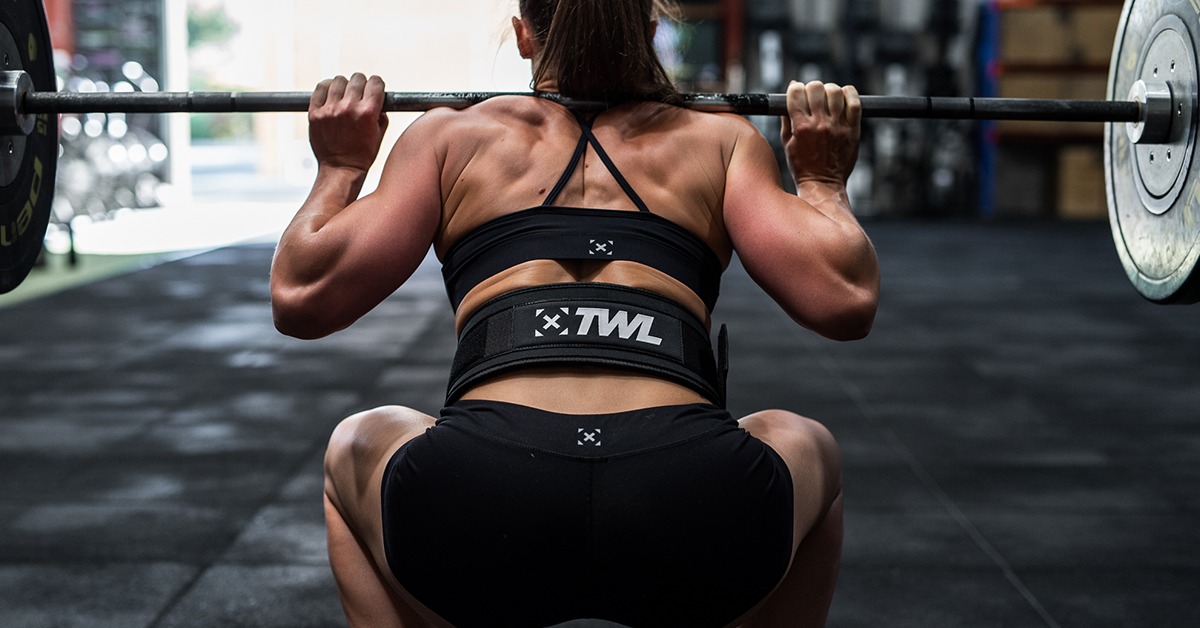We often talk about our glutes and hips, but these terms are rather vague. In reality, there’s a lot more going on in our bums and hips than we realize. Your abductor muscles are hiding in there, and even if you don’t realize it, they serve an important purpose and need your attention. In this blog, you’ll learn what the abductor muscles are, what they do, and how you can strengthen and mobilize them.
What are the Abductor Muscles?
Your hip abductors refer to a group of muscles in the glutes. This includes the:
- Gluteus maximus.
- Gluteus medius.
- Gluteus minimus.
- Tensor fasciae latae.
So, technically, the abductor isn’t a muscle but rather a group of muscles.

In physiology, when we talk about “abduction,” we’re referring to moving a limb away from the body. And this is what your hip abductor muscles help you do. Because of this group of muscles, you can move your leg away from your body, as well as rotate it. They also help to stabilize your body when you walk, stand, and do just about anything else in the gym.
There are two main problems that athletes commonly run into with their abductors: weakness and tightness. Let’s talk about that next.
What Causes Weakness and Tightness in Your Hip Abductor Muscles?
There are many risks of sitting too much, and weak and tight abductors are one of them. When you sit, your hip flexors (in the front of your body) are shortened. Your abductors (in the back of your body) are lengthened. When they get used to this positioning, anything outside of that can cause discomfort and even injury. More specifically, weakness in this area can exacerbate shin splits, flat feet, lower back pain, and knee pain. Imagine trying to lift heavy weights like this. This is why it’s so important to stand up and walk around periodically throughout the day.
But what else can you do to better strengthen and loosen these muscles?
How to Strengthen Your Abductors
Improving the strength in these muscles is necessary for maintaining healthy hips and training safely. Here are just a few low-impact and simple exercises you can try to strengthen the muscles of your glutes.
1. Side Leg Lifts
- Lie on one side. Your hips, knees, and feet should be stacked. Use your top hand to gently prop yourself up so that you don’t tip forward.
- Lift your top leg straight up into the air until you really feel your hip engaging. Squeeze and hold for a couple of seconds.
- Slowly lower it back down to the starting position.
- Repeat for 3 sets of 8-12 reps on each side.
2. Clamshells
- Lie on one side. Your hips, knees, and feet should be stacked.
- Bend your legs so that your hips form roughly a 45-degree angle.
- Rotate at the hip to open your top knee. Squeeze and hold for a couple of seconds.
- Slowly lower it back down to the starting position.
- Repeat for 3 sets of 8-12 reps on each side.
Depending on where you’re at, you might not need any extra equipment to start. However, when you’re ready to increase the challenge, consider using a mini resistance band.
Shop Now
3. Step-Up + Leg Lift
- Stand behind a bench, chair, or another stable and elevated surface.
- Step up with one leg and extend it fully.
- At the top, lift the trailing leg up behind you. Squeeze for a couple of seconds before bringing it back down.
- Step down from the bench.
- Repeat for 3 sets for 5-10 reps on each side.
3 Mobility Exercises for Tight Abductor Muscles
While exercises that strengthen muscles can also help to mobilize them, let’s talk more specifically about loosening up tight abductors.
Note: In addition to these stretches, we highly recommend using a foam roller, lacrosse ball, and/or muscle roller. These are excellent for myofascial release, they help to improve mobility and soreness, and they promote healing.
Shop Now
1. Figure Four Stretch
You can do this on the ground or sitting in a chair. Let’s start with the former.
- Sit on the ground with your hands beside you. Bend your knees so that your feet are flat on the floor.
- Cross one ankle over the opposite knee.
- Gently lean forward toward your quads.
It’s the same idea if you’re sitting in a chair. Cross your ankle over your knee and lean into it.
2. Spinal Twist
Do this gently. The goal is to loosen up the muscles of your glutes, hips, and lower back — not to crack your back (as satisfying as that sometimes is).
- Sit on the ground with both feet extended in front of you.
- Bend one leg and cross that ankle over the opposite knee. The foot of your bent leg should be on the floor.
- Use the arm opposite the bent leg to gently twist to one side.
3. Downward Dog
This will open up the muscles of the legs (especially your hamstrings), hips, and back and help to decompress the spine.
- Get down on all fours, with your shoulders stacked above your wrists and your hips above your knees.
- Straighten your legs and push through your feet so that your butt lifts into the air.
Remember: The fact that some of these stretches target more than your abductors is a good thing. To some degree, all of these muscles are connected. Problems in your hips can lead to problems in your glutes. Problems in your glutes can wreak havoc on your back. So, it’s necessary to address not just the abductor muscles but the surrounding areas, as well.

















